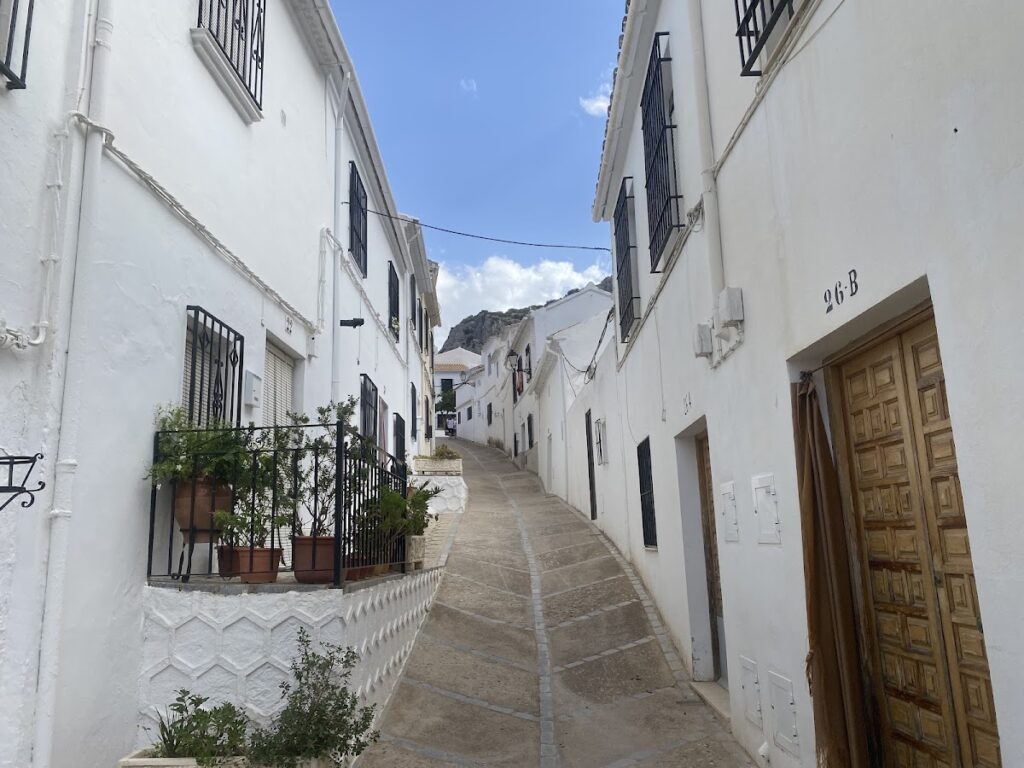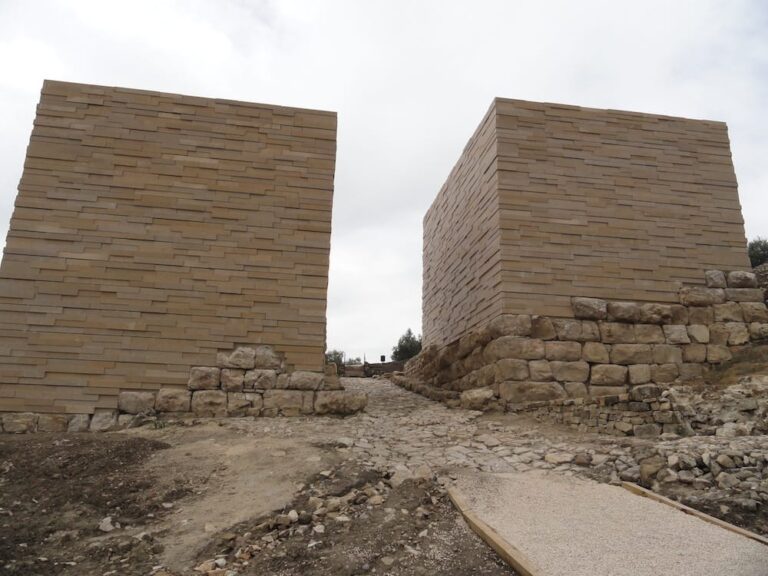Castillo de Zuheros: A Historic Fortress in Zuheros, Spain
Visitor Information
Google Rating: 4.6
Popularity: Medium
Google Maps: View on Google Maps
Official Website: turismozuheros.es
Country: Spain
Civilization: Unclassified
Remains: Military
History
The Castillo de Zuheros is located in the municipality of Zuheros, Spain, and was originally constructed during the period of Muslim rule in the 9th century. Built by the Islamic civilization that dominated the region at the time, the fortress’s earliest name was Sujayra. Over centuries, this name likely evolved into the modern name Zuheros, although later alterations to the structure have complicated tracing its original designation.
During the Islamic period, the castle served as a fortified stronghold. The Almohads, a North African Muslim dynasty that controlled parts of Spain in the 12th and 13th centuries, contributed to the site by constructing a prism-shaped tower and defensive walls, while also reusing the existing cistern (known as an aljibe) to secure water supplies.
In 1240, the castle came under Christian control following its capture by King Fernando III of Castile during the Reconquista. After this conquest, the fortress became part of the Crown of Castile’s holdings. Fernando III granted the castle to his wife, Juana de Ponthieu, who then transferred ownership in 1252 to the military Order of Calatrava, known for defending Christian territories. Subsequently, the castle changed hands multiple times: Alfonso X gave it to Infante Juan of Castile, and later in 1293, King Sancho IV transferred it to the municipal council of Córdoba.
In the 15th century, the castle was acquired by the House of Donceles. This noble family established a majorat at the castle, inheriting it as a fixed family estate. Members of the Donceles family played active roles in significant military campaigns, including the Battle of Lucena and the eventual conquest of Granada, marking the end of Muslim rule in Spain under the Nasrid Kingdom.
With the decline of Muslim military threats by the 16th century, the castle underwent transformation from solely a fortress to also a noble residence. The lords of Zuheros commissioned a Renaissance-style palace on the site, which modified the building’s entrance and internal layout. This work is attributed to the architect Hernán Ruiz, reflecting architectural trends of the Renaissance period.
By the 18th century, ownership had passed to the Marquises of Algarinejo. These new owners seldom lived in the castle, leading to its partial abandonment. During this time, the castle’s stones were repurposed as building materials for local construction projects. In 1760, the main tower was adapted to function as a clock tower. This modification was later restored in 1960, preserving the castle’s historical role within the community.
Remains
Perched atop a cliff within the urban area of Zuheros, the castle presents a layout typical of medieval fortresses, blending defensive structures with later residential additions. Its position offers commanding views over the surrounding Subbética landscape and is notable for its visibility along the Vía Verde de la Subbética pathway.
Among the oldest parts of the castle is an Islamic-era aljibe, a cistern used to collect and store water, essential for sustaining inhabitants during sieges. This cistern was preserved and reused by the Almohad dynasty, who also contributed significant defensive elements, including a prism-shaped tower that rises distinctly from the other fortifications. The Almohads enclosed the fortress with sturdy perimeter walls aimed at protecting the site from attacks.
The central tower, or torreón, dates back to the mid-12th century and exemplifies the medieval military architecture of the period. Built primarily for defense and surveillance, this tower stands as a prominent feature of the fortress and was later modified in the 18th century to serve as a clock tower. This adaptation was carefully restored in 1960, ensuring its continued presence as a historical landmark.
In the 16th century, the introduction of Renaissance design brought notable changes. A palace constructed by the lords of Zuheros integrated new living spaces within the medieval framework and altered the castle’s entrance and internal organization. This construction, associated with Hernán Ruiz, infused the fortress with architectural elements reflecting the Renaissance style, marking a transition from purely military functions to noble residential use.
Despite its partial abandonment in the 18th century and the removal of some building materials for other constructions, the castle’s essential structural features remain. The combination of Islamic foundations, Almohad fortifications, medieval towers, and Renaissance modifications provides a layered narrative of Zuheros’s long and varied history, preserved in the surviving remains visible today.










